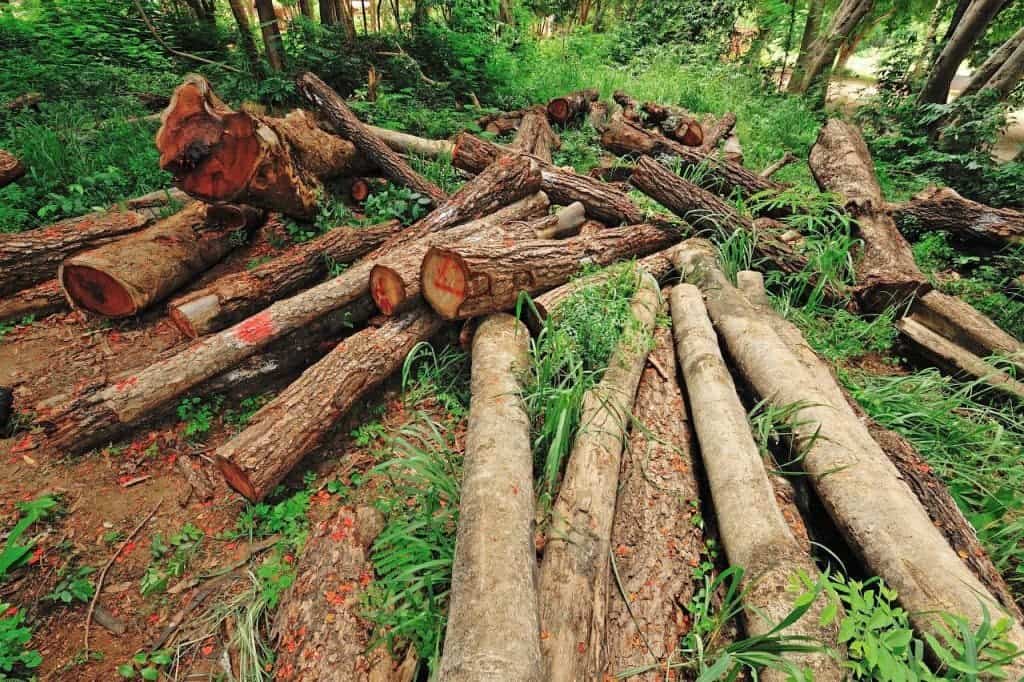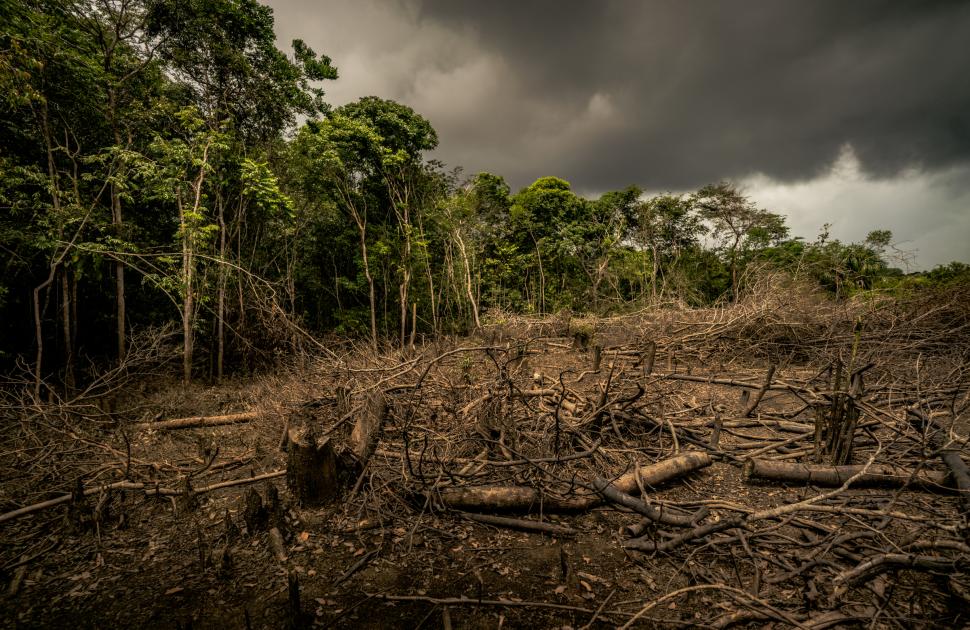Deforestation, the widespread clearing of forests, has far-reaching impacts on the environment. These effects are multifaceted, impacting ecosystems, biodiversity, climate change, and human health. This report synthesizes information from multiple sources to provide a comprehensive overview of the environmental consequences of deforestation.
Loss of Biodiversity

Forests are home to some of the richest concentrations of biodiversity on the planet, including a myriad of tree, amphibian, bird, and mammal species. The Amazon rainforest alone hosts an estimated 15,000 species of trees and over 4,000 animal species[1][6]. However, deforestation leads to habitat loss, which in turn threatens these species with extinction. Between 1990 and 2020, around 420 million hectares of mainly tropical forest were lost, with a further 10 million hectares disappearing annually[1][4]. The fragmentation of forests into smaller patches further isolates animal and plant populations, reducing gene flow and increasing vulnerability to environmental changes[1]. This isolation can disrupt ecosystems and lead to a loss of biodiversity.
Climate Change and Carbon Emissions

Forests play a crucial role in sequestering carbon by absorbing carbon dioxide from the atmosphere. When forests are cleared, the stored carbon is released back into the atmosphere as carbon dioxide, contributing to global warming[6][7]. The Amazon rainforest acts as a significant carbon sink, so its deforestation has global repercussions. If tropical deforestation were a country, it would rank third in carbon dioxide-equivalent emissions, following China and the U.S.[4]. The United Nations Food and Agriculture Organization (UN FAO) estimates that deforestation emits about 2.6 billion tonnes of CO₂ annually, accounting for 6.5% of global CO₂ emissions[7]. This exacerbates climate change by increasing the concentration of greenhouse gases in the atmosphere.
Effects on Water Cycles and Local Climates
Deforestation significantly impacts local and regional water cycles. Tropical forests, such as the Amazon, contribute to regional and even global water cycles, affecting precipitation patterns and water supply in surrounding areas[4]. The removal of trees disrupts these cycles, leading to changes in rainfall patterns, which can exacerbate drought conditions. This, in turn, affects agricultural productivity and water availability for human consumption.
Soil Degradation and Increased Risk of Natural Disasters

The removal of forest cover destabilizes the soil, increasing the risk of landslides, particularly on steep mountain hillsides. Forest roots bind the soil and help prevent erosion; their absence makes the soil more susceptible to being washed away by heavy rains[6]. Additionally, the burning of forests, common in deforestation practices, can lead to record levels of air pollution[6]. The conversion of forests to agricultural land often involves burning vegetation, which not only releases stored carbon but also removes vital nutrients from the soil, making it less fertile and leading to its potential abandonment after a few years[6].
Health Risks from Zoonotic Diseases

Deforestation increases the risk of zoonotic diseases—diseases that jump from animals to humans. An estimated 60% of emerging infectious diseases originate from wildlife, and a major cause is habitat loss through deforestation[4]. For example, in 2014, deforestation linked to Ebola virus outbreaks in West Africa caused significant human fatalities. Wildlife, driven from their natural habitats, come into closer contact with human populations, facilitating the transmission of novel pathogens[4].
Forest Degradation and Its Long-term Effects
Forest degradation, differing from outright deforestation, can have extensive and often underestimated impacts. Degraded forests, although not completely cleared, undergo changes that reduce their ability to support biodiversity and ecosystem services. Factors such as unsustainable logging and edge effects from adjacent agricultural lands contribute to this degradation[5]. The repercussions can last for centuries, as degraded forests struggle to regain their original structure and function, leading to prolonged reductions in biodiversity and ecosystem health[5]. Degraded forests are often more prone to further disturbances, which can increase the probability of complete deforestation[5].
Influence on Global Supply Chains

Global demand for commodities such as soy, palm oil, and beef significantly drives deforestation, especially in biodiversity-rich tropical regions. Countries like Brazil and Indonesia, major producers of these commodities, see extensive forest loss to meet both domestic and international market demands[7]. Developed nations, while gaining forest cover domestically, often contribute to deforestation abroad through their import needs. This highlights the importance of international trade policies focused on reducing the environmental footprint of imported goods[7].
Summary
The environmental consequences of deforestation are severe and far-reaching. They include the loss of biodiversity, increased greenhouse gas emissions, disruption of water cycles, degradation of soil, elevated risks of natural disasters, and heightened transmission of zoonotic diseases. Addressing these issues requires global cooperation and sustainable land-use practices. Forest conservation and reforestation efforts are critical to mitigate these impacts, alongside policies to curb the demand for commodities driving deforestation. Only through coordinated international efforts can the devastating effects of deforestation be reversed or mitigated.
By understanding these interconnected impacts, policymakers and consumers can take informed actions to support sustainable practices and protect the world's remaining forest ecosystems.
Get more accurate answers with Super Pandi, upload files, personalized discovery feed, save searches and contribute to the PandiPedia.
Let's look at alternatives:
- Modify the query.
- Start a new thread.
- Remove sources (if manually added).